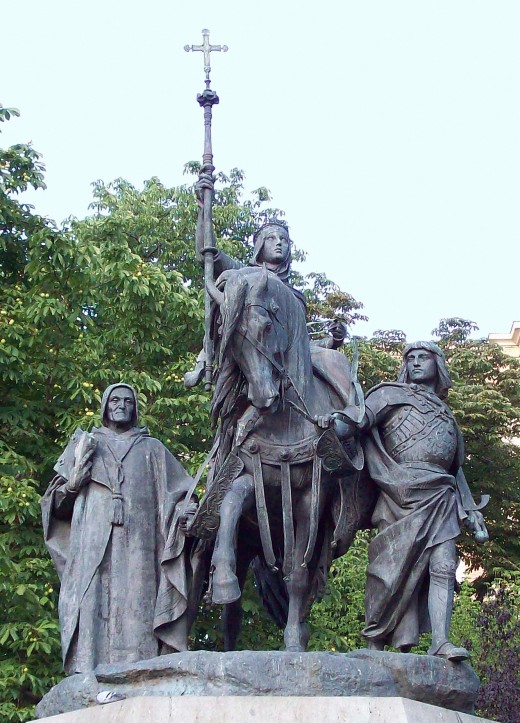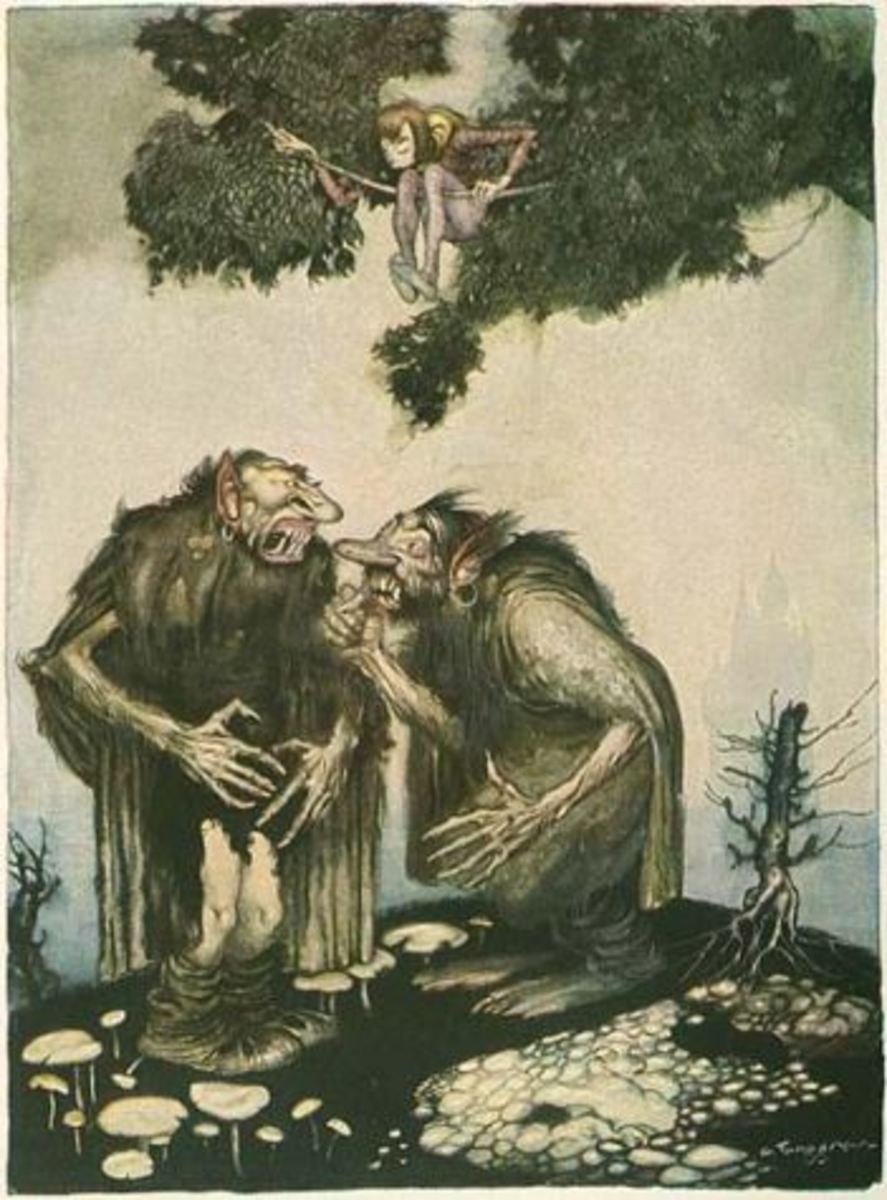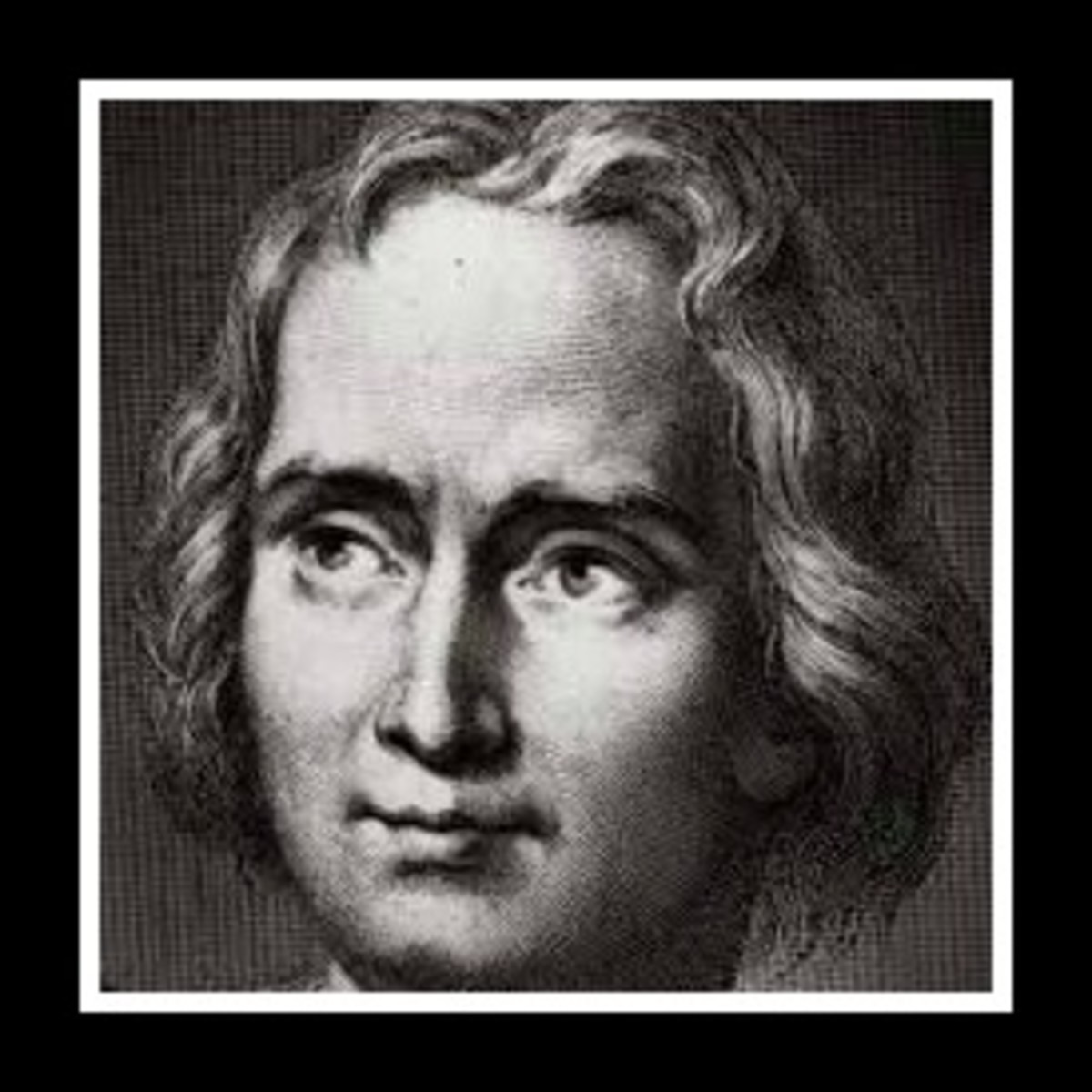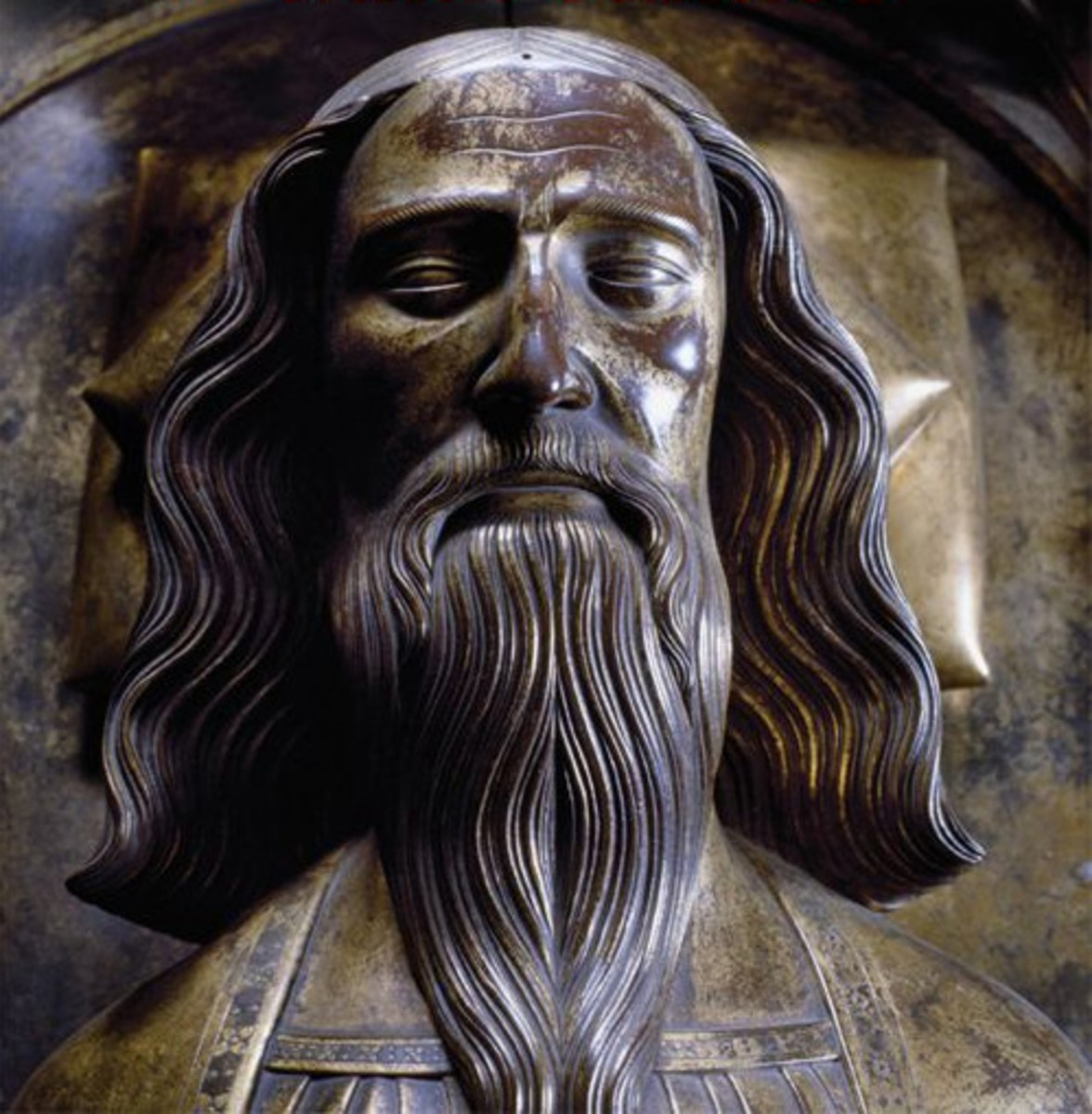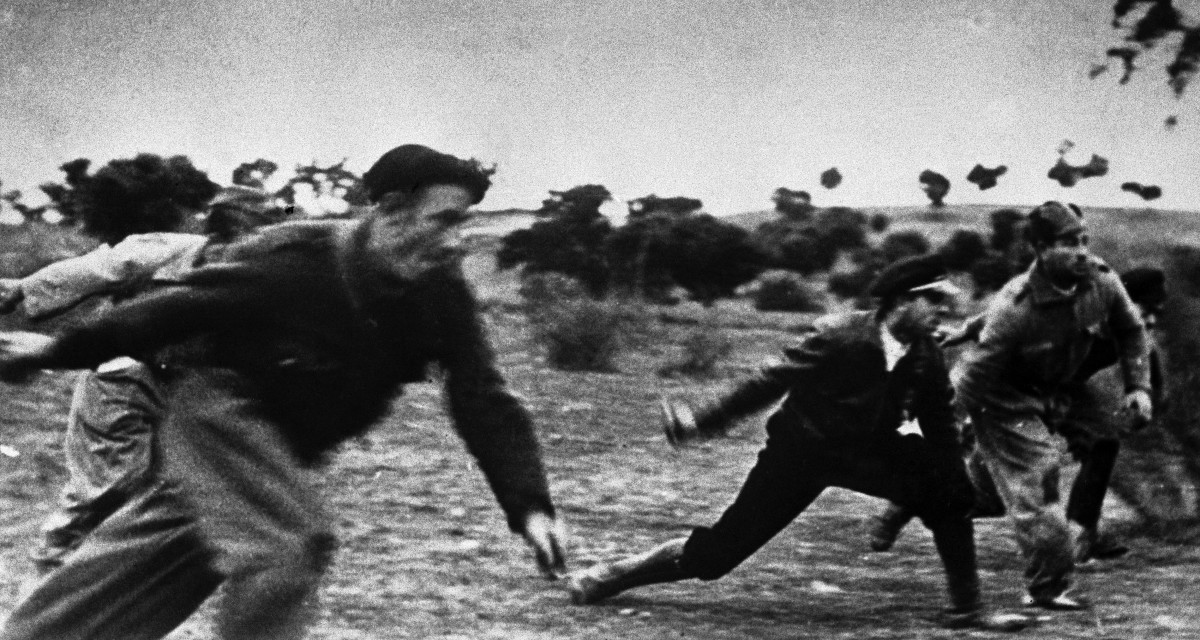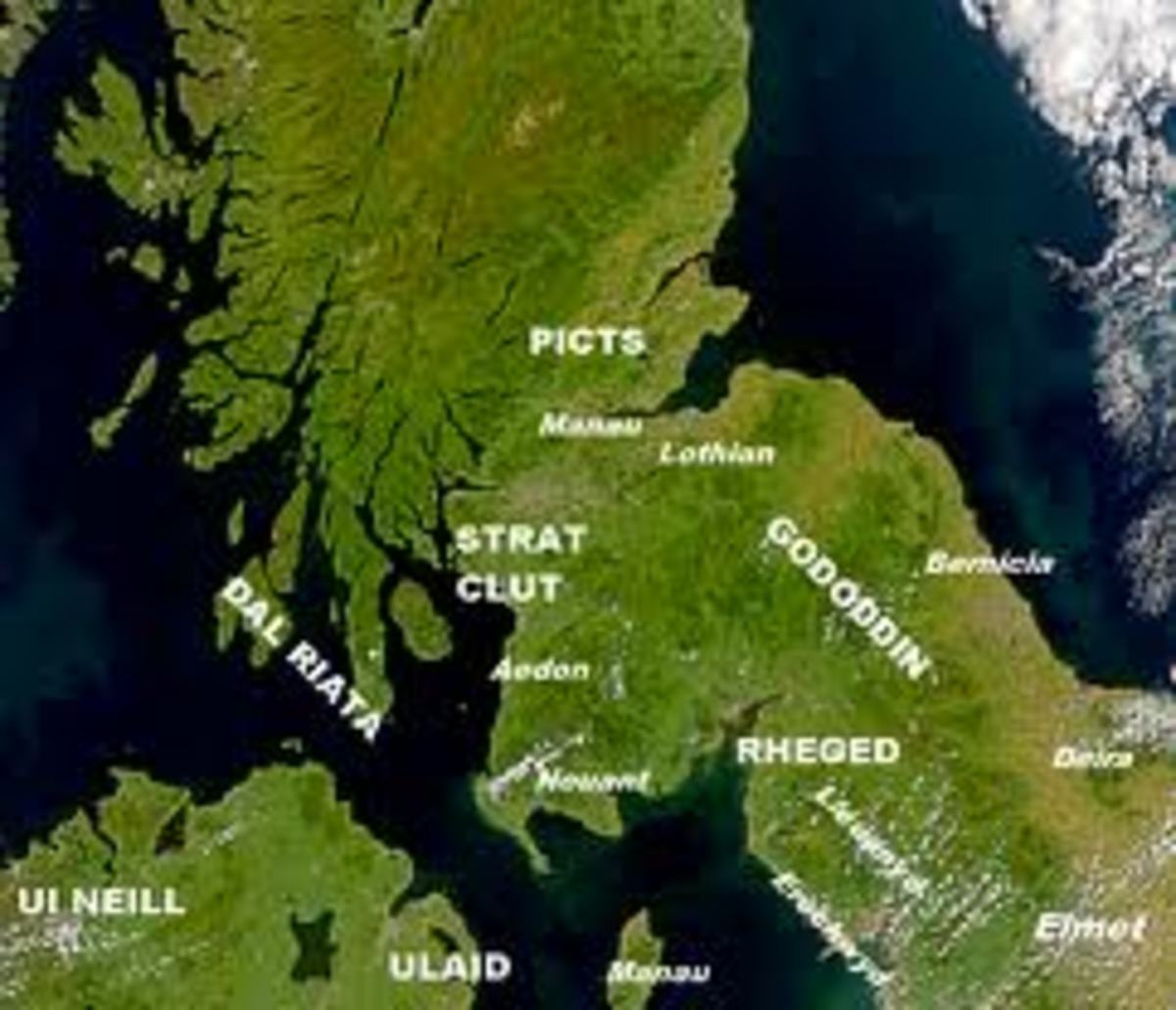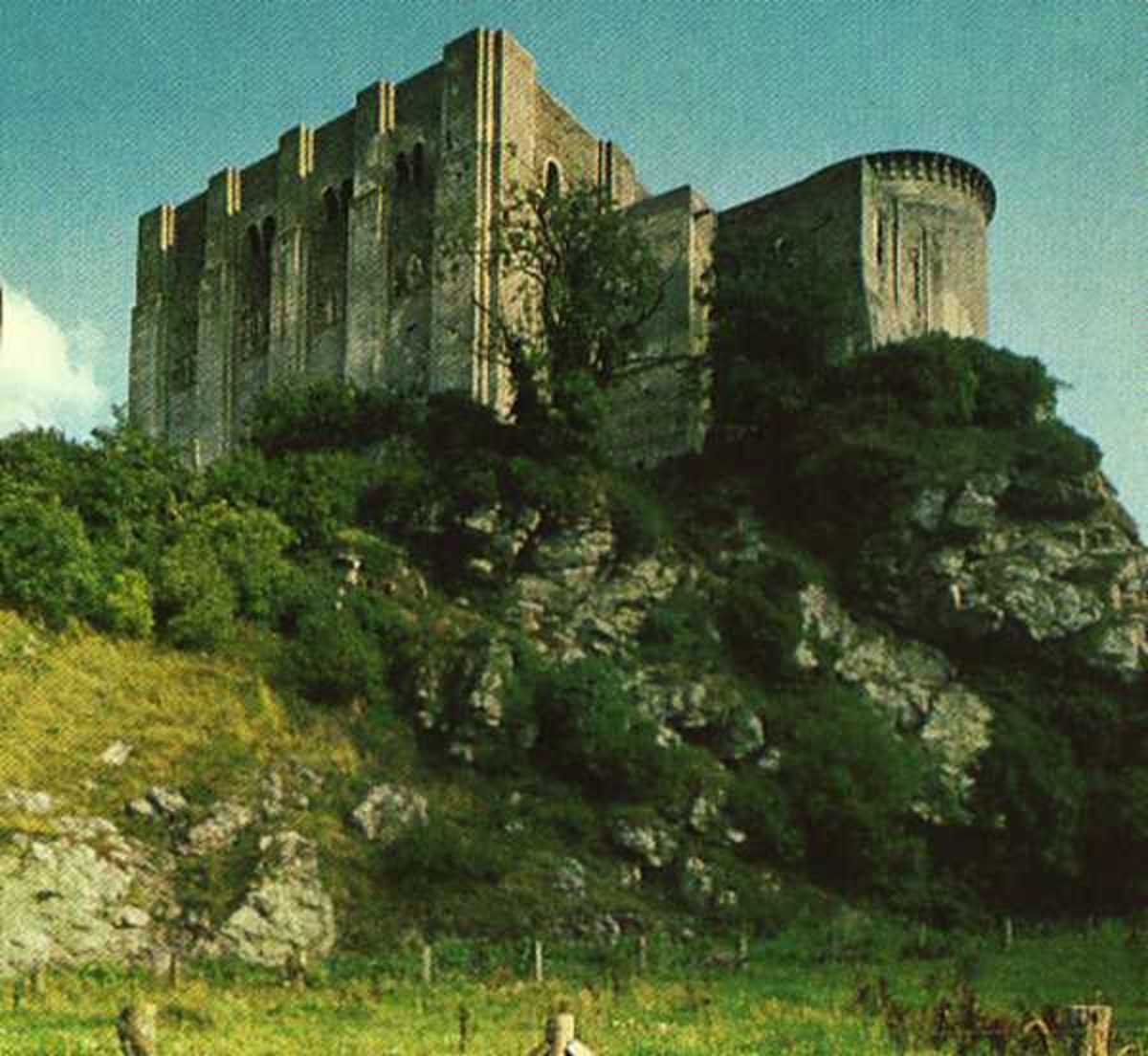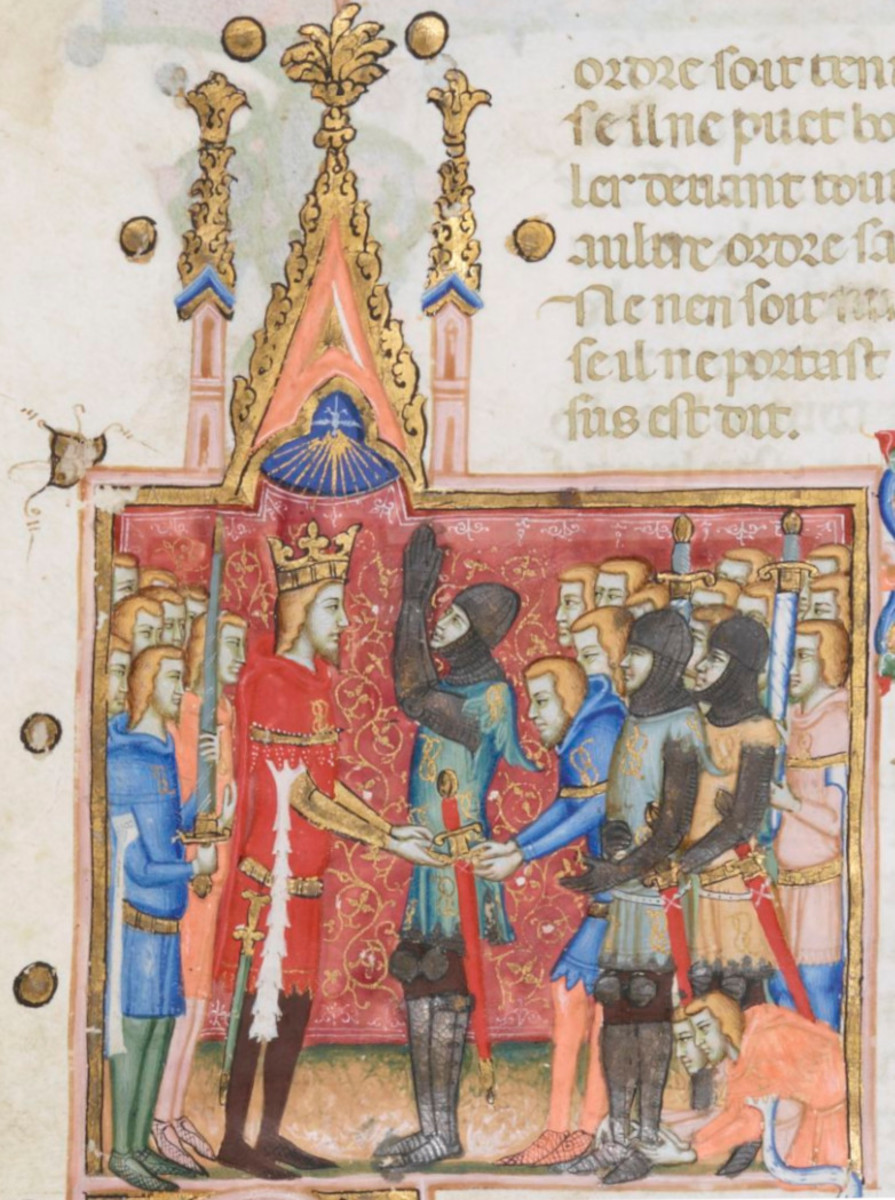- HubPages»
- Education and Science»
- History & Archaeology»
- History of Europe
A Great General: Isabella I
Isabella I of Castile
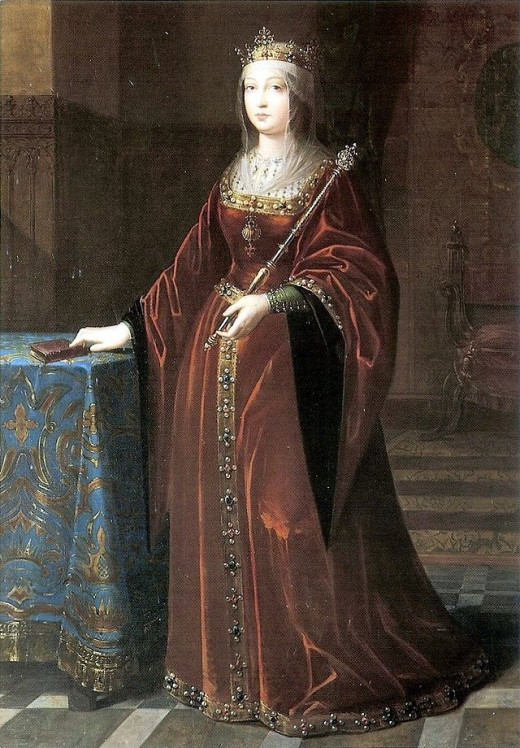
Warrior Queen
A Great General: Isabella I
Born in Madrigal de Las Altas Torres, Castile in 1451, Princess Isabella was not expected to become queen, so she spent much of her time in chapels. The daughter of King Juan II and Isabella of Portugal, Isabella of Castile was three years old when her father died and she grew up in the court of her unimpressive half brother Enrique IV of Castile. Wanting to get Isabella out of the way, Enrique arranged for her betrothal to a man she did not like, and Isabella expressed her disdain by saddling her horse and running away. Much to her brother the king Enrique’s anger, Isabella instead picked a husband for herself, choosing Prince Ferdinand of Aragon in 1469. This outraged her brother so much that he tried to have Isabella disowned. When Enrique died, twenty-three year old Isabella swooped in and took the throne from Enrique’s illegitimate daughter and chosen heir Juana la Beltraneja of Portugal, dubbing herself “Queen Proprietress of Castile.” At her coronation, Isabella ordered that the unsheathed sword of justice to be carried before her, a tradition that had only been reserved for coronation of a king. She saw herself as a pursuer of justice and wanted the world to know.
Ferdinand was away on military maneuvers, and he was shocked upon returning home and finding a torchlight procession waiting for him—he had no idea that Isabella was going to proclaim herself queen. He was swiftly crowned king and together they ruled as co-rulers, co-signing documents and having both their likenesses struck onto coins. Isabella restructured the government, initiated a law code and reorganized the money system while Ferdinand handled war. They always presented a united front, even when they didn’t agree.
Isabella’s niece Juana was not pleased by this and, with the backing of Portugal, went to war against Isabella and Ferdinand for five years. The king of Portugal invaded Spain in 1479, but his forces were rebuffed and he and Juana ultimately lost, and Juana was confined to a convent for the rest of her life.
Isabella had always bemoaned the fact that she had not been properly educated growing up, but when she became queen she threw herself into study. Among the many topics she studied was military science, and she soon discovered that she was quite adept at it. At first Isabella only advised Ferdinand from behind the scenes, but as time went on Isabella took on a more active role, riding and camping with the troops and wearing a full suit of armor. She even rode into battle while pregnant, and her presence alone was enough to rally her soldiers into fighting harder. Described as “a great general but even greater quarter-master general,” she was a genius at organizing and obtaining supplies, and founded the first military hospital, called the Queen’s Hospital, in Europe and ordered doctors to accompany the army.
As queen, Isabella had a vision; she was going to unite all of the Spanish kingdoms into one realm, and, with the backing of the strictest of priests, she would purify the land of all non-Catholics. Dubbing the mission “Reconquista,” she rallied her vassals to go to war against the colonized Moors (Muslims) while uniting Castile, Aragon, Andalusia, Ronda and Granada into one country. Granada proved to be a difficult fight as the Moors had been living there since the eighth century, and Isabella angrily scolded her husband and their military commanders for not fighting harder. The nobles insisted that they should retreat, but Isabella would not run. She ordered for the army to press on, and when she appeared before her troops in chain mail, the men cheered, “Castile, Castile, for our King Isabella!” They soon won, and after ten years of war Spain was united for the first time in 800 years.
La Rendición de Granada by Francisco Pradilla Ortiz
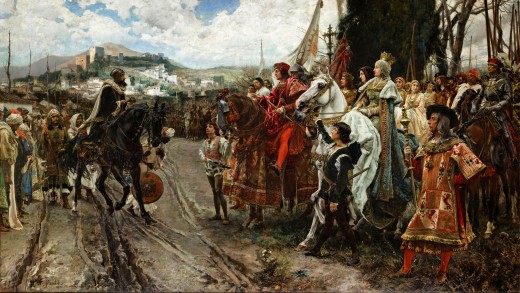
With the Moors gone from Spain, Isabella’s priestly advisors turned her attention to a new topic; as long as there were Jews in Spain, the new country could never be cleansed. Isabella approved of a program to either convert or remove Jewish people from Spain, thus beginning the horrors of the Inquisition (it’s not known if Isabella was fully aware of what the Inquisition was doing). She illegally expelled 170,000 Jews from Spain, and the pope awarded her the title “the Catholic” for her efforts, and referred to both Isabella and Ferdinand as “athletes of Christ.” While they were receiving praise from the papacy, one traveler noted, “everyone trembled at the name of the queen.”
Still, Isabella is most famous for financing the voyage of the Italian captain Christopher Columbus. She and Ferdinand had initially turned down Columbus’s proposal to sail west to reach India, but Isabella finally decided that it was worth the risk. She supplied Columbus with the ships and crews he needed, and was delighted when he returned with news of fabulous new lands. However, he brought back something that horrified Isabella to the core; Columbus returned with several Carib Indians that he had enslaved. Isabella detested slavery, and when she saw the natives in chains, she angrily ordered for all of them to be set free.
Isabella and Ferdinand had five children, and Isabella made sure that her daughters were all brilliantly educated and married into nobility (her daughter Catherine of Aragon married the English king Henry VIII). Even though Isabella and Ferdinand presented as a loving couple, Isabella was incensed at Ferdinand’s philandering. Still, rather than disrupt their lives, Isabella provided his illegitimate children places within the court.
The death of her nineteen year old son Juan was almost too much for Isabella to bear, and for years she kept his favorite dog Bruto by her side. When her daughter died, Isabella never recovered from the loss and died at 53, leaving the throne to her daughter Joan. Isabella left behind a twenty-three page will addressing every branch of government, and asked to be buried at Granada, the site of her greatest victory.
Isabella I works referenced:
Women Warriors, by David E. Jones
Warrior Women, by Robin Cross and Rosalind Miles
Hell Hath No Fury, by Rosalind Miles and Robin Cross
The Warrior Queens, by Antonia Fraser
Uppity Women of the Renaissance, by Vicki Leon
Lives of Extraordinary Women, by Kathleen Krull
Cool Women, by Dawn Chipman et al
The Usborne Book of Famous Women, by Richard Dungworth and Philippa Wingate
Isabella, Warrior Queen, by Kristen Downey
Monument to Isabella of Castile, the Catholic at the Paseo de la Castellana in Madrid
